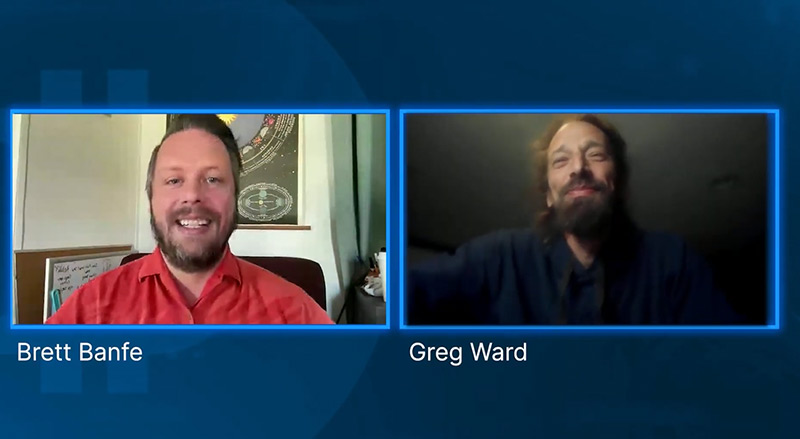In the latest episode of Bitcoin Builders, BSV Blockchain’s Head of Community Brett Banfe had the opportunity to sit down with Greg Ward – Chief Development Officer at SmartLedger. Ward detailed some of the exciting projects his company is working on right now and what to expect going forward.
Ward began the conversation by noting that blockchain and the fact that it acts as an immutable ledger is a game-changer in the cybersecurity industry. He explained that the development of Certihash is SmartLedger’s response to ongoing cybersecurity frameworks alongside blockchain technology.
‘We were able to see right off the bat that each of these phases of cybersecurity could be addressed with blockchain – particularly the highly scalable BSV blockchain,’ Ward said. That includes everything from identification to the ability to authenticate people and devices, to keeping a record and auditable trail of activities.’
Because the BSV blockchain is so cheap and allows for micropayments it is possible to utilise it for many different cybersecurity requirements – as well as recovery. ‘Blockchain does cover and enhance all aspects of cybersecurity.’ he said.
An Introduction to Certihash and Sentinel Node
SmartLedger crafted the Certihash suite exclusively for corporate clientele, presenting a tailored solution to mitigate the perils associated with data breaches. The inaugural component featured in Certihash, known as Sentinel Node, furnishes real-time notifications for network events.
This all-encompassing toolkit harnesses the BSV blockchain to guarantee the confidentiality, integrity, and accessibility of records, rendering them openly available on a permissionless blockchain.
Sentinel Node is the first Certihash module to be released, allowing for real-time notification of events that are occurring on a network. The toolset utilises the BSV blockchain to provide the confidentiality, integrity and availability of records to be distributed publicly across a permissionless blockchain.
These features are important as the average detection time for a network breach is 212 days causing tremendous down-the-line impact. Breaches can also be incredibly costly, reaching into the billions of dollars, and compromising both businesses and individuals.
Certihash – Built on the BSV blockchain
Building on the BSV blockchain offers a multitude of advantages, with particular emphasis on the crucial aspects of micropayments and extensive scalability in the realm of cybersecurity. Traditional systems lack the capacity to scale adequately for the constant attestation required to test a network on a per-second basis.
By hashing these records on the blockchain and establishing a chronological chain of events, the timeframe for potential cyber breaches is reduced. Simultaneously, this approach addresses concerns related to data silos, which are currently constructed to safeguard and manage information.
Outside of the benefits offered by the BSV blockchain, Ward also explained that the conventional method of storing data typically consolidates information in one or multiple central locations, forming appealing targets known as ‘honeypots’ for hackers.
Certihash, powered by SmartLedger and utilising blockchain technology, enables the decentralised distribution of individual records. As a result, compromising these distributed records proves significantly more difficult and costly compared to infiltrating a singular centralised honeypot.
Full demonstration of Certihash
As part of this episode of Bitcoin Builders, Ward offered a full demonstration of Certihash and how companies can use it to track and shut down breaches. You can watch the full episode below:
